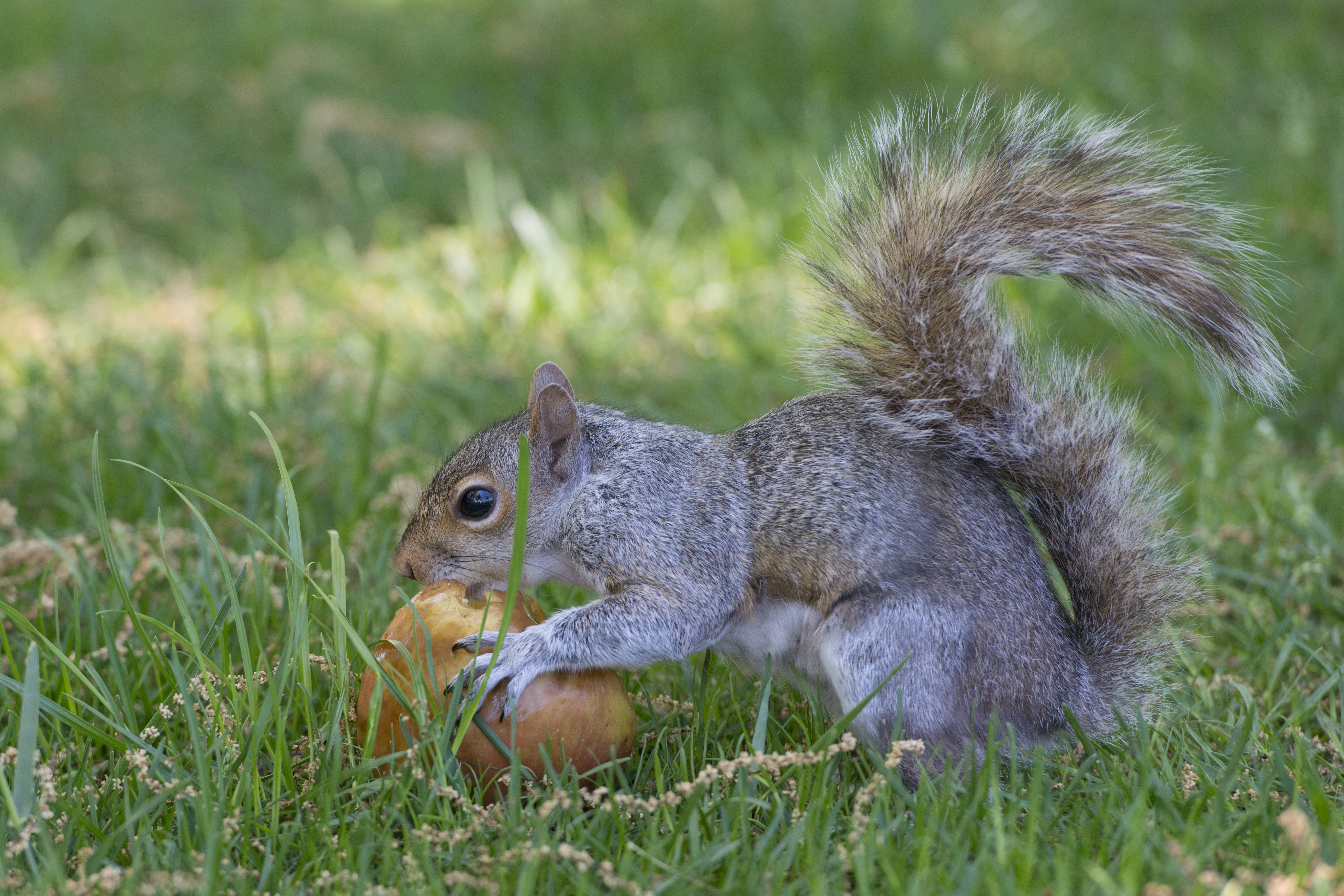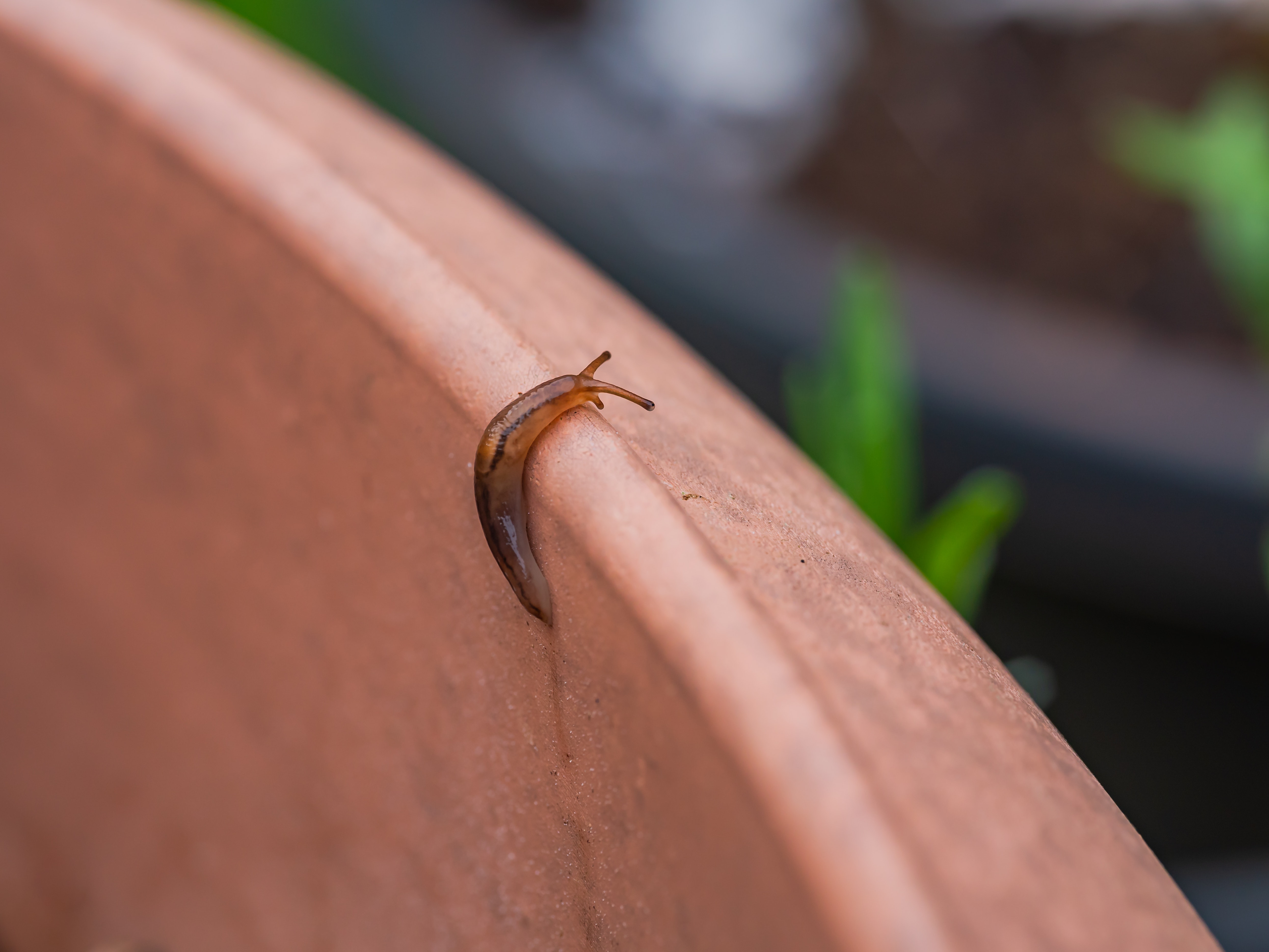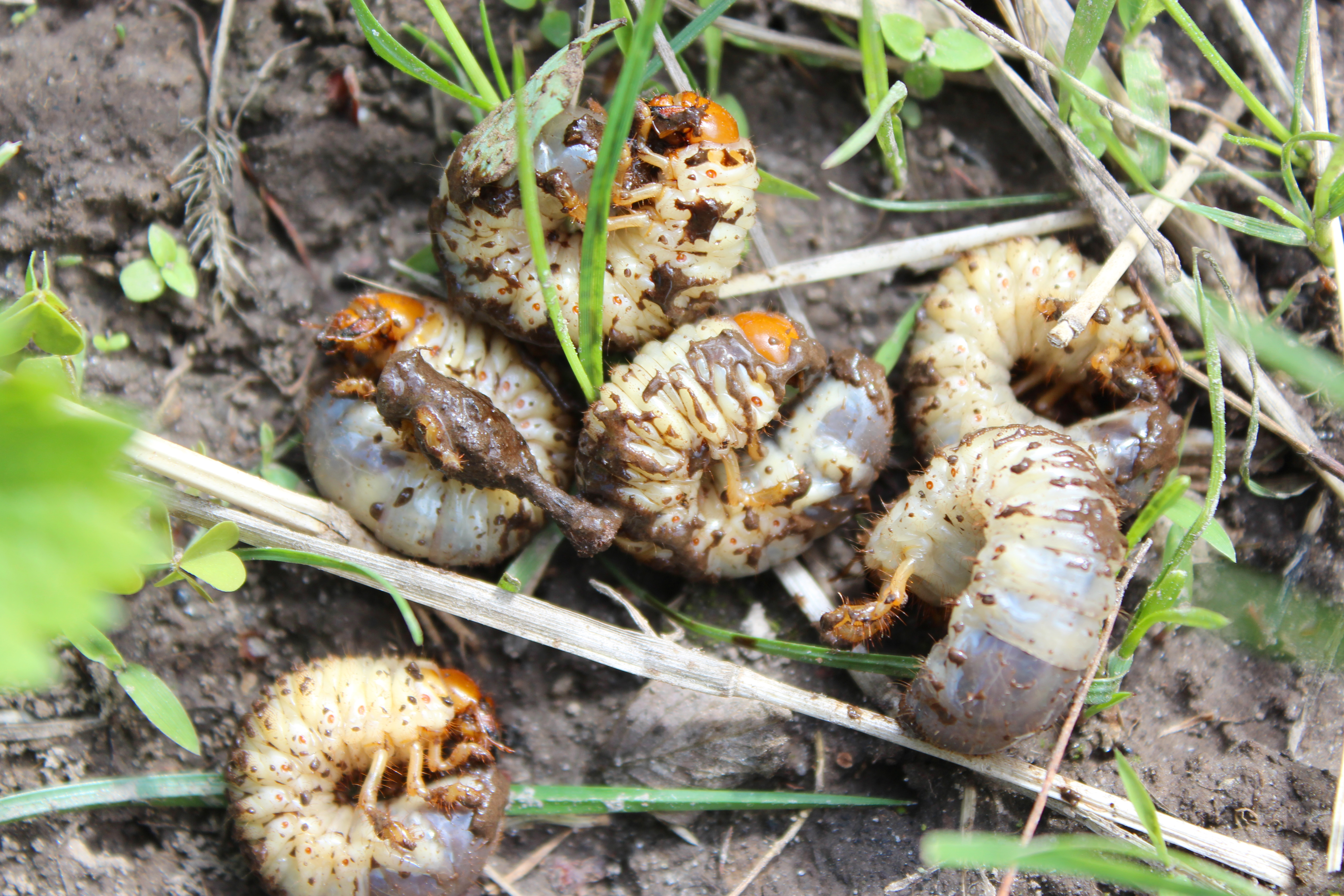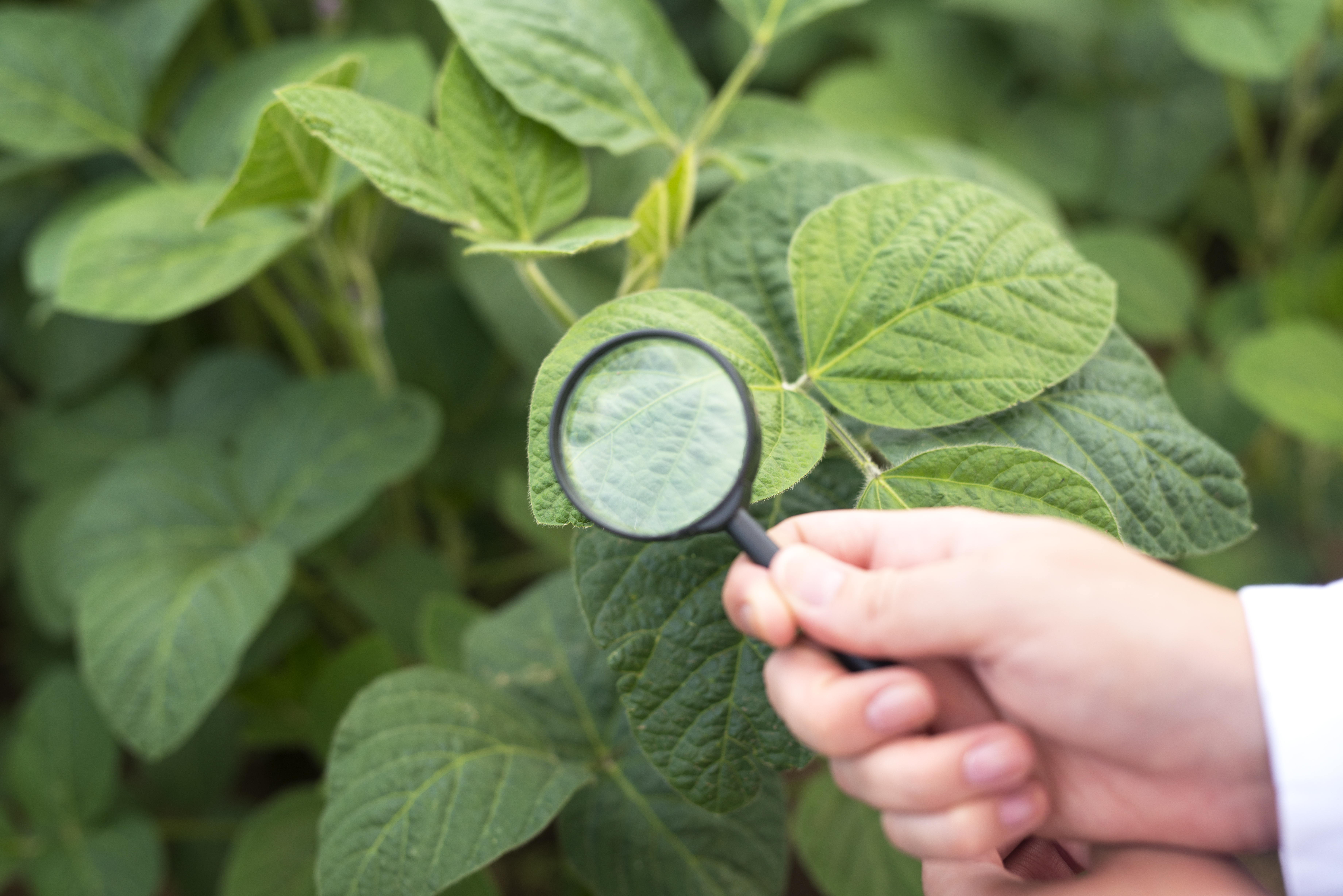In some ways growing a fall garden can be easier than a summer garden. Extremes of heat, and drought often give way to more moderate conditions (that is, until frosty weather hits!) While some pests and diseases are less problematic in fall, there are some that can become more active. With time in the growing season running short, you might not have time to replant plants that succumb to pests and diseases. So even if you’re not out in the garden watering every day be sure to get out there to keep an eye out for these fall garden pests!
Squirrels

Squirrels become extra active garden thieves in fall as they’re on a mission to store food for winter. While they’re well-known for smuggling nuts, seeds, and fruits, squirrels will also nibble on many fruiting crops and can dig around and damage newly planted seeds and seedlings. There might be some level of squirrel damage that is tolerable but if you tend to take heavy harvest losses from squirrels you’ll need to take action. There are edible-garden safe repellent sprays available that can keep squirrels at bay. You can also try sprinkling cayenne pepper around your plants and in your bird feeder (if you have one) as the spice will deter squirrels- just be sure not to dust it directly on a plant you’re about to eat! If all else fails, you might need to resort to building a squirrel-proof enclosure out of sturdy chicken wire or hardware cloth.
Slugs

Slugs are a garden pest that can make a season-round appearance, however they prefer damp, cool conditions - so fall (and spring…and wet summers) are prime time for slugs. Slugs like to hide in the shade of plants and debris during the day and come out to feed at night. Because of this, one of the best ways to control slugs in the garden is to remove potential hiding spots- clear away excess mulch, remove plant debris, and stay on top of pruning. To go on the anti-slug offensive you can either get out there at night with a flashlight to handpick slugs off plants, or leave a trap of damp boards or newspaper and remove any slugs hiding underneath in the morning.
Winter cutworms
While there are many types of cutworms that can be active at other times of the year, particularly spring, winter cutworms are active and feeding in late fall and warmer parts of winter. Like other cutworms, winter cutworms quite literally cut down the base of the plants they feed on (young, small plants are most susceptible). They can also move up the plant and munch on the leaves as well. Prevention is the best medicine for cutworms- keep your garden clear of weeds and debris that could provide hiding spots. You can also go out at night with a flashlight to find cutworms (they hide in soil and debris during the day)- handpick them and dispatch them. While no-till gardening methods have many benefits for your soil, if you’re having an especially hard time with cutworm damage you may want to consider tilling the soil to help kill them off and destroy potential habitat. Applying products with Bacillus thuringiensis (Bt) can also help to control cutworms.
Grubs

Grubs are usually thought of as a lawn pest, but did you know they can also attack your veggie garden? Grubs are the larvae of several insects such as Japanese beetles and June bugs, which can be equally destructive in their adult form. Grubs tend to be most active in spring and fall whereas beetles tend to be more active in summer. Grubs usually feed on plant roots, resulting in stunted growth and death, although they can feed above ground as well. If you’re seeing birds or animals digging in specific parts of your garden as well as struggling plants, you might have a grub infestation. Before treating for grubs, dig up a test patch in the area to see if several grubs are present. If there is a significant grub population, consider applying beneficial nematodes or Bacillus thuringiensis products designed for grub control (just double check that any product you select is safe for use in veggie gardens).
White mold
White mold is a descriptive name for fungal disease typically caused by Sclerotinia sclerotiorum. As the name suggests, white mold is a white, fuzzy, watery-looking mold that often starts out on the plant stem then spreads to other parts of the plant. White mold can become especially problematic in fall with the onset of cooler, damp weather. Also, if you’re using season extension techniques and growing under plastic or row covers, the reduced airflow can cause white mold to proliferate. Ensuring your plants are spaced properly is key to promote good air circulation that can help stave off white mold. If you can, open up or vent your coverings during the day. Any infected plants should be removed immediately (be sure to sanitize your tools afterwards). Also, staying on top of weeding and clearing out plant debris can help by reducing potential hosts for white mold spores.
Don’t take your eye off the ball in your fall garden! Even if you’re not outside as regularly as in summer, stay vigilant for these and other fall pests and take action as soon as you spot them to protect your precious fall harvests!
